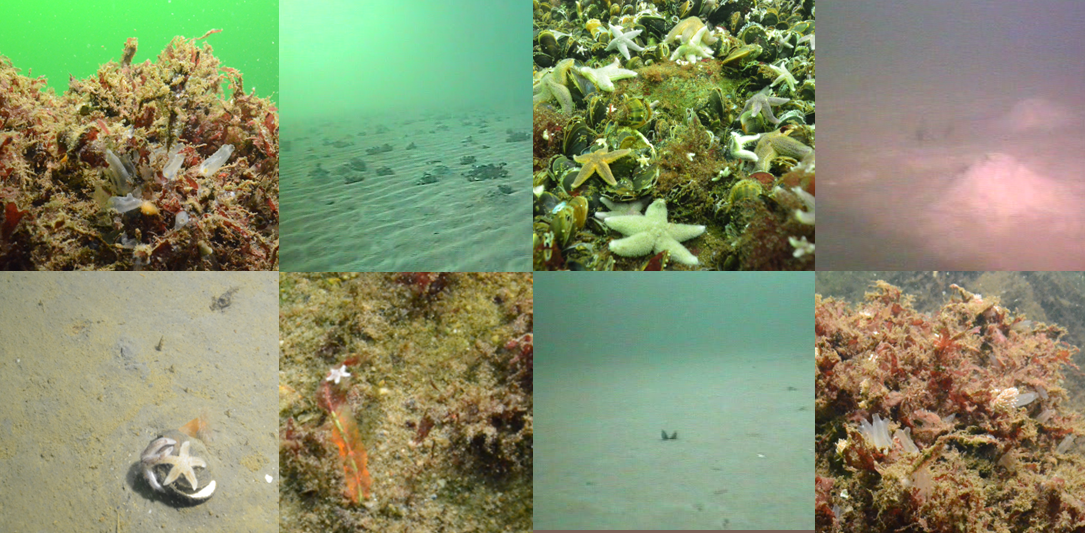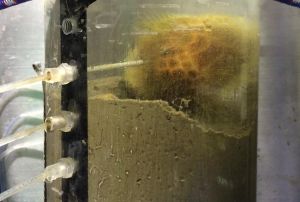
Working group Ecology of benthic organisms - Current research


SECOS - The Service of Sediments in the German Coastal Seas
The SECOS project aims for the development of a monetary evaluation approach in terms of ecosystem services of the sediments based on the distribution and magnitude of sedimentary capacities. In addition to the development of a functional georeferencing sediment atlas of coastal seas, particularly relevant areas within the German Baltic Sea are to be identified, enabling the assessment, mapping and prognostic modeling of sediment functions. Results will be involved in the development of management tools for marine coastal areas and build a scientific base for a sustainable management as well as the implementation of national and international coastal and marine conservation policies. The main task of the WG Ecology of Benthic organisms is particularly the modeling of the outer coastal area of the German Baltic Sea based on benthos data.
Monitoring Baltic Sea/North Sea
In the context of a long-term environmental survey by the Helsinki Commission (HELCOM) 9 Baltic Sea stations are sampled annually. Since 2008 we also monitor 12 stations in the North Sea twice a year. The Baltic Sea as well as the North Sea monitoring is carried out on behalf of the Federal Maritime and Hydrographic Agency. Results are applied to the MUDAB database of the “Bund-Länder-Mess-Programm” (BLMP) . Monitoring reports are published every year. To consistently assure a high quality standard our team participates in taxonomy workshops and in the macrozoobenthos ring test by the German Federal Environment Agency.
Amphipoda key
Adult specimens were examined with a Zeiss Discovery V12 stereomicroscope and identified. Digital microphotographs were taken with an AxioCam ICC3 (Carl Zeiss MicroImaging GmbH, Jena) and the software AxioVision Release 4.8.1 (Carl Zeiss Imaging Solutions GmbH, Jena). The resulting files were imported into Adobe Illustrator CS5 Release 15.0 (Adobe Systems Incorporated) and digital line drawings were made using a WACOM Intuous digitiser board.
SPACES SGD - Submarine Groundwater Discharge areas off South Africa and its effects on benthic communities
Groundwater/Seawater interaction, as a major form of ocean-land interplay, is associated with two potential pathways of dissolved material transport, namely (1) flux from the marine to the terrestrial environment caused by seawater intrusion into a terrestrial aquifer and (2) flux from a terrestrial aquifer to the coastal ocean manifested as submarine discharging groundwater. During the past two decades, SGD has been recognized as a factor with important environmental and ecological impact on the coastal environment. SGD may be both volumetrically and chemically important to marine ecosystems and chemical budgets.
Our working group will focus on the impact of SGD on marine biota and the possibility of using affected species as SGD indicators. To assess the increase of the ecological significance (magnitude and consequences) of SGD for macrozoobenthic communities due to groundwater-borne nutrients and chemicals SGD sites will be compared with fully marine non-seepage reference sites. Groundwater seeps induce physiological effects on marine species and possibly adaption strategies are developed. Furthermore this study aims to test in which extent freshwater influences biomass and diversity of benthic biota.